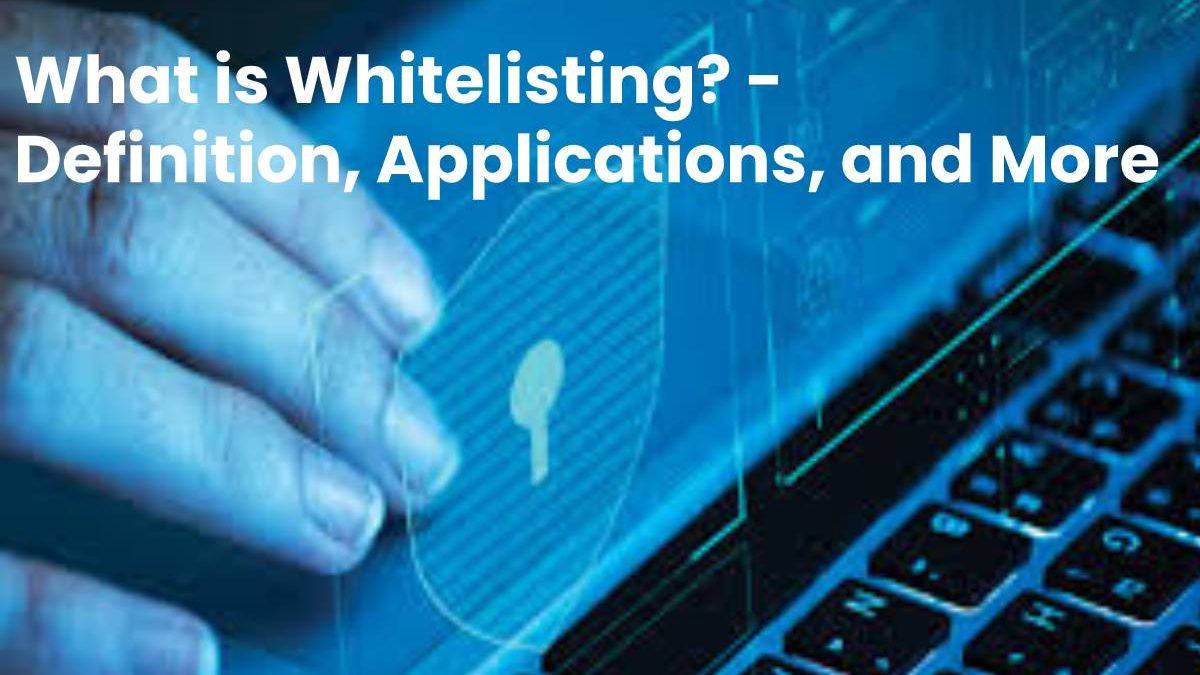Table of Contents
Whitelisting Definition
A whitelisting is of email marketing, refers to all those emails, IP addresses, and domains.
That also considers it accepts to send mail to a domain, unlike the blacklist, which blocks the reception of them.
All emails from addresses in a whitelist marked as secure sender shipments and, therefore, should not appear in a spam folder.
How does whitelisting include?
In a good email marketing strategy, all communications of a company must be included in the white list of its customers.
- To ensure that the messages of a company do not go directly to the spam folder, you have to have several considerations:
- The first, and most important, is to have previously obtained permission from users to receive newsletters.
- Facilitate the process of unsubscribing or changing data. Like the previous point, the General Data Protection Regulation (GDPR).
- Segment the contact list and customize the emails (for example, with your name).
- If a user repeatedly receives content that is not interesting, he will end up sending the sender to the blacklist.
- Send clear and valuable information to the recipient.
- Do not bombard users with repeated messages. In most email marketing strategies, a weekly newsletter is enough.
What is the weakness of Whitelisting?
A whitelisting can lead to high maintenance requirements.
- Since everything that is not entered in the list is prohibited, new destinations, applications or contacts must be constantly updated.
- Only when the list has been updated the user can achieve the new goals or run the new applications.
- Often, whitelisting in companies requires automatic procedures that take over the constant list maintenance and relieve the administrators.
What are the areas of application and examples?
- Whitelisting is new in a wide variety of areas in the IT environment. Firewalls often configure via whitelisting.
- Only the communication targets previously entered by an administrator in the list can communicate across the firewall.
- A whitelisting can also help with end device protection, since only the applications that listed in the whitelisting may be executed on the end device.
- E-mail systems can also control via a positive list. Only email messages recieve from trusted senders in the list.

